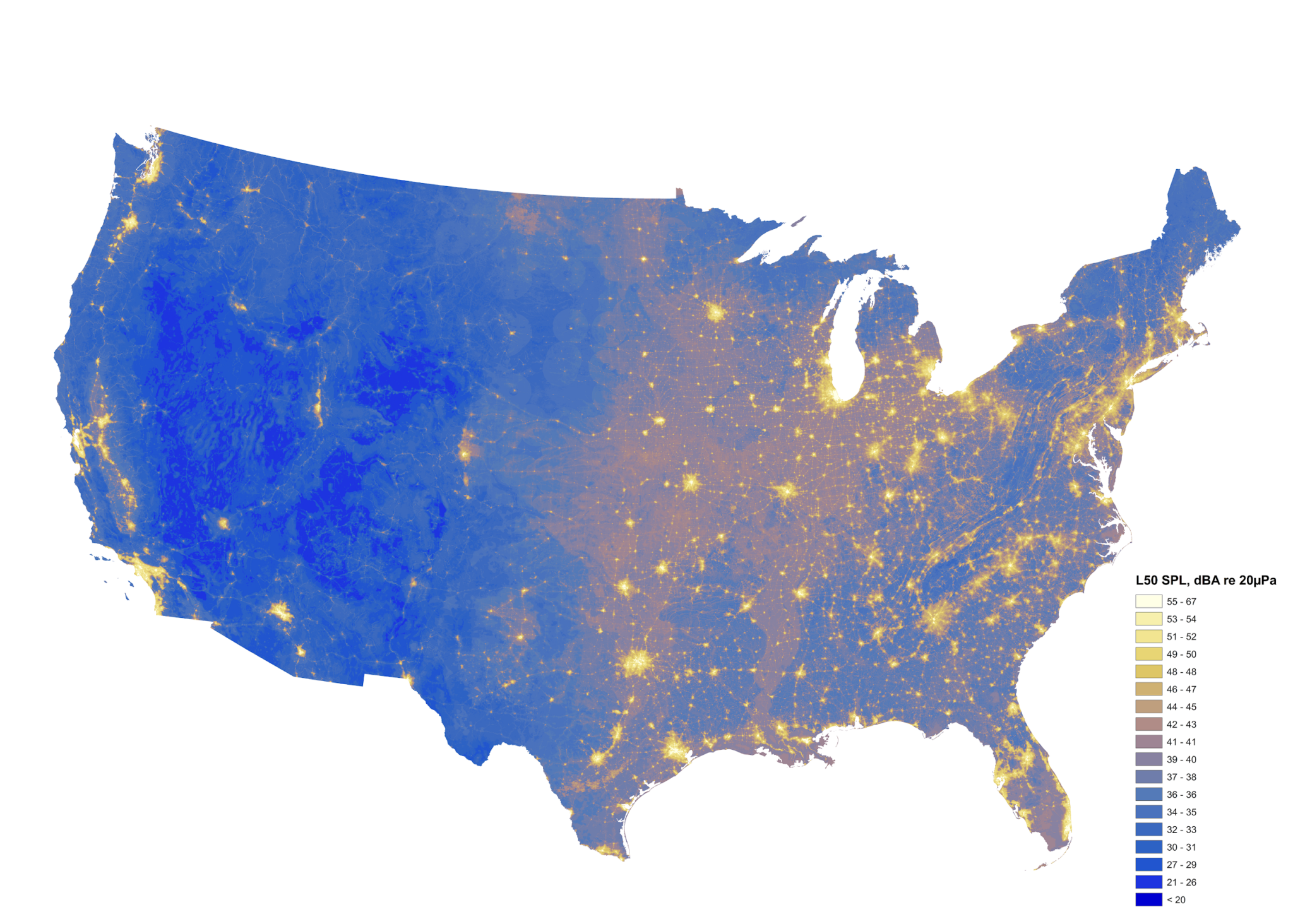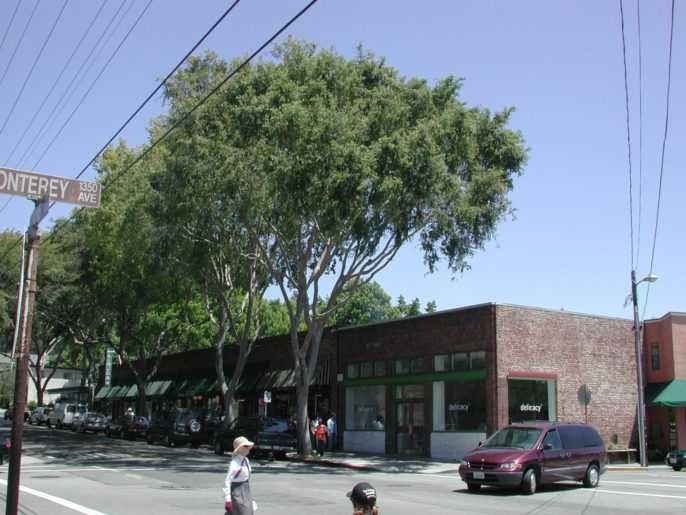Sound Around Town Uses Data to Combat Noise Pollution
By Bradley Allf At the start of World War I, thousands of soldiers were coming down with a baffling condition: they became blind, deaf, lost their memory, or developed uncontrollable shaking despite no obvious physical injury. Even stranger, this malady could be triggered by memories of the war even after the fighting had ended. At the time, doctors called what they were seeing “shell-shock,” though today we would call it by a different name: post-traumatic stress disorder. Anything that brought back memories of the trenches could precipitate this condition, but…
Read More


